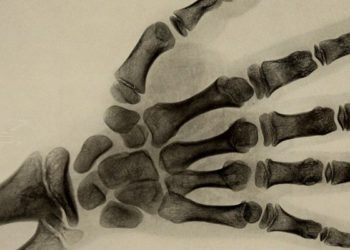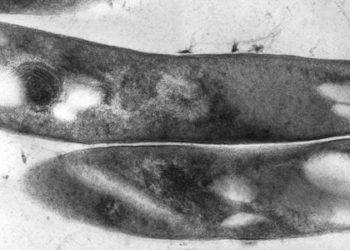Clinical outcomes of chronic and acute pediatric osteomyelitis
Clinical outcomes of pediatric osteomyelitis
1. Pediatric patients under 18 years with chronic osteomyelitis were more likely to have long-term orthopedic follow-up, pathologic fractures, and require multiple surgeries, compared to patients with acute osteomyelitis.
2. There were no differences in rates of limb length discrepancies, readmission rates, or fatality, between acute and chronic osteomyelitis pediatric patients.
3. Limb length discrepancies, pathologic fractures, and fatality were rare sequelae amongst all pediatric osteomyelitis patients.
Evidence Rating Level: 2 (Good)
Complications of osteomyelitis in children may include limb length discrepancies and pathologic fractures. However, there is a lack of data on long-term clinical complications, particularly data from multi-centre studies. Therefore, this current retrospective cohort based in the United States examined the clinical outcomes of pediatric osteomyelitis, both acute and chronic, hypothesizing that chronic osteomyelitis would result in longer hospital stays and increased rates of limb length discrepancies and pathologic fractures. The study population consisted of children under 18 years diagnosed with osteomyelitis in 2015 (excluding patients with septic arthritis alone) taken from the HealthFacts database, which includes hospitals across the United States using the Cerner medical record platform. Sequelae were assessed for within 2 years after diagnosis. In total, there were 869 patients included, with acute osteomyelitis comprising 60.5% of cases. The study found that both acute and chronic osteomyelitis occurred most commonly in the winter, and more often in the Midwest and South than the Northeast or West (p = 0.03). Children with chronic osteomyelitis were older (12.0 years vs 9.5 years, p = 0.0004). As well, chronic osteomyelitis was more often associated with long-term orthopedic follow-up (14.0% vs 4.8%, p < 0.0001). In terms of sequelae, fatality was rare and not significantly different in chronic or acute osteomyelitis, with 2 deaths in each group (0.5% and 0.3% respectively). Limb length discrepancies were also infrequent and comparable between both chronic and acute (1.2% versus 1.3%, p = 0.83). Readmission rates were also not significantly different between chronic and acute (5.8% versus 6.7%, p = 0.31). Though also rare, pathologic fractures occurred more often in chronic than acute osteomyelitis (p = 0.003), and chronic osteomyelitis was associated more with multiple surgeries (46.0% versus 29.3%, p = 0.04). Overall, this study demonstrated that severe complications from acute or chronic osteomyelitis are rare, though chronic osteomyelitis is associated with a higher risk of pathologic fractures, requiring multiple surgeries, and long-term orthopedic follow-up.
Image: PD
©2023 2 Minute Medicine, Inc. All rights reserved. No works may be reproduced without expressed written consent from 2 Minute Medicine, Inc. Inquire about licensing here. No article should be construed as medical advice and is not intended as such by the authors or by 2 Minute Medicine, Inc.







